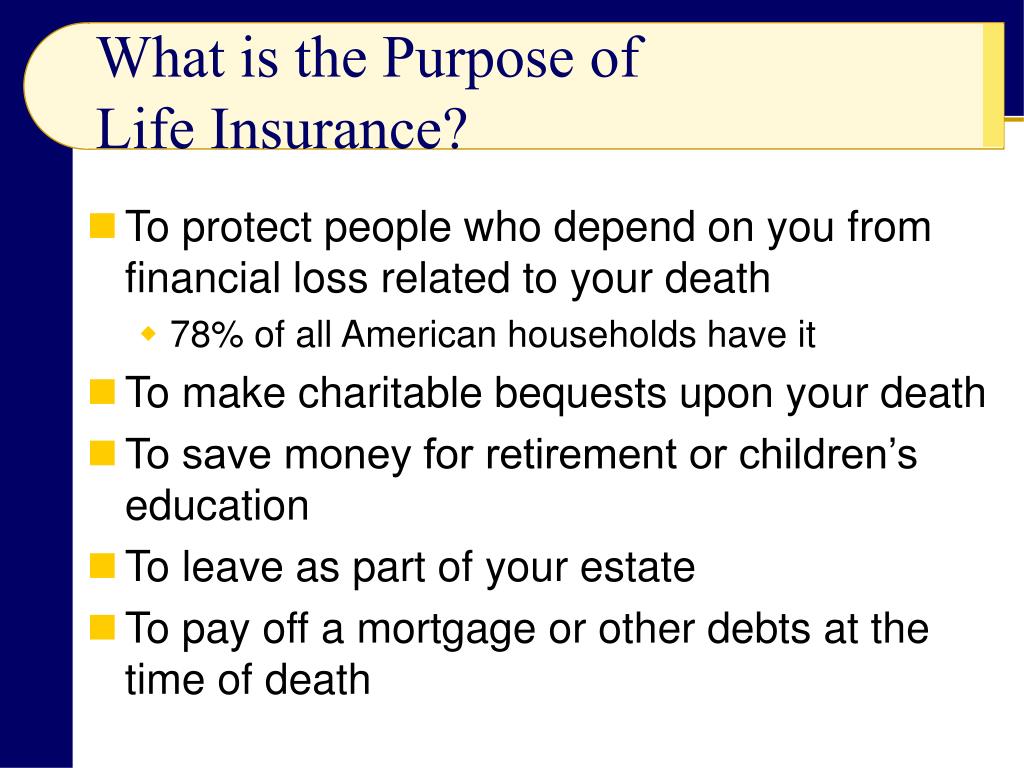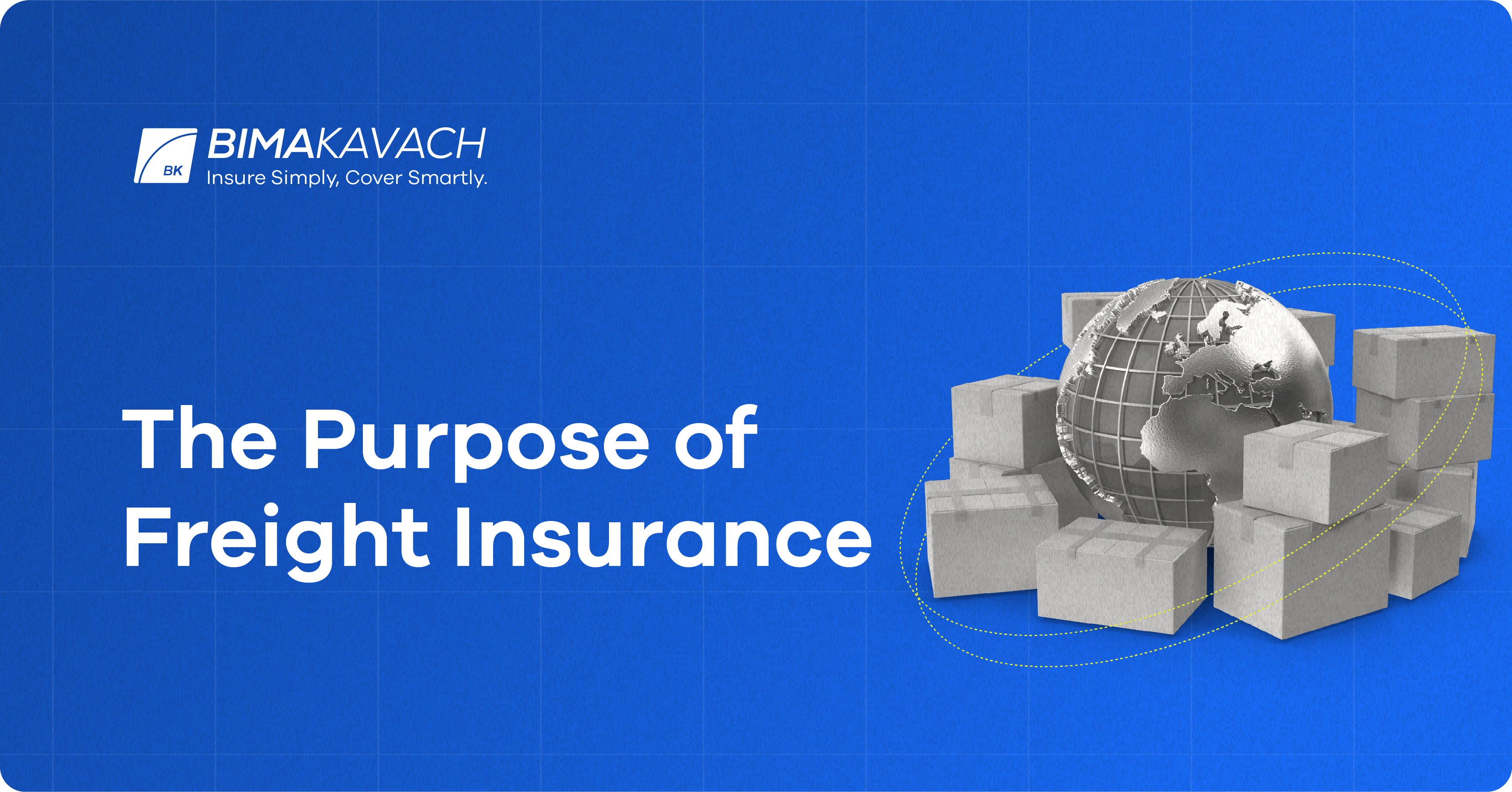All about Pacific Prime
All about Pacific Prime
Blog Article
Some Known Questions About Pacific Prime.
Table of ContentsThe Only Guide to Pacific PrimeExcitement About Pacific PrimePacific Prime for BeginnersThe 5-Second Trick For Pacific PrimeWhat Does Pacific Prime Do?

This is because the data were accumulated for a period of solid economic efficiency. Of the approximated 42 million individuals that were uninsured, almost regarding 420,000 (concerning 1 percent) were under 65 years of age, the age at which most Americans come to be qualified for Medicare; 32 million were adults between ages 18 and 65, around 19 percent of all grownups in this age; and 10 million were children under 18 years of age, regarding 13.9 percent of all youngsters (Mills, 2000).
These estimates of the variety of individuals without insurance are produced from the yearly March Supplement to the Current Population Study (CPS), performed by the Demographics Bureau. Unless otherwise noted, national quotes of people without medical insurance and percentages of the populace with various type of insurance coverage are based upon the CPS, one of the most widely used source of quotes of insurance protection and uninsurance prices.
Excitement About Pacific Prime

Still, the CPS is specifically valuable because it generates yearly price quotes fairly swiftly, reporting the previous year's insurance protection approximates each September, and due to the fact that it is the basis for a constant set of estimates for greater than twenty years, enabling evaluation of patterns in insurance coverage in time. For these reasons, along with the extensive use the CPS in various other researches of insurance coverage that are presented in this record, we count on CPS quotes, with restrictions noted.

The quote of the number of without insurance individuals expands when a populace's insurance status is tracked for a number of years. Over a three-year duration starting early in 1993, 72 million people, 29 percent of the united state populace, lacked protection for at the very least one month. Within a solitary year (1994 ), 53 million individuals experienced at the very least a month without insurance coverage (Bennefield, 1998a)
6 out of every 10 without insurance grownups are themselves utilized. Although working does improve the likelihood that and one's relative will certainly have insurance, it is not a guarantee. Also members of family members with two permanent breadwinner have virtually a one-in-ten possibility of being without insurance (9.1 percent uninsured rate) (Hoffman and Pohl, 2000).
Pacific Prime - An Overview
New immigrants represent a significant proportion of people without medical insurance. One analysis has associated a substantial portion of the recent growth in the dimension of the united state uninsured populace to immigrants that arrived in the nation in between 1994 and 1998 (Camarota and Edwards, 2000). Current immigrants (those who concerned the USA within the previous four years) do have a high rate of being uninsured (46 percent), but they and their children make up just 6 percent of those without insurance coverage country wide (Holahan et al., 2001).
The partnership in between medical insurance and accessibility to care is well developed, as documented later in this chapter. Although the relationship in between medical insurance and health outcomes is neither direct nor simple, a substantial clinical and health services research literature web links medical insurance protection to enhanced access to care, better quality, and boosted individual and population health status.
Levels of analysis for click resources checking out the results of uninsurance. This conversation of wellness insurance policy protection concentrates mainly on the U.S. population under age 65 because basically all Americans 65 and older have Medicare or various other public coverage. It concentrates specifically on those without any type of health and wellness insurance coverage for any length of time.
Getting My Pacific Prime To Work
The troubles encountered by the underinsured are in some respects similar to those encountered by the without insurance, although they are typically much less severe. global health insurance. Uninsurance and underinsurance, however, include noticeably different policy problems, and the approaches for addressing them may vary. Throughout this research and the five reports to comply with, the major focus gets on individuals without wellness insurance and hence no assistance in paying for healthcare past what is readily available with charity and security net institutions
Medical insurance is a powerful variable impacting invoice of care due to the fact that both individuals and doctors respond to the out-of-pocket rate of services - https://www.goodreads.com/user/show/177010401-freddy-smith. Medical insurance, however, is neither necessary neither enough to get accessibility to medical solutions. However, the independent and straight impact of medical insurance protection on access to health solutions is well developed.
Others will certainly acquire the healthcare they need also without health and wellness insurance coverage, by spending for it expense or seeking it from carriers who use care cost-free or at very subsidized rates. For still others, medical insurance alone does not guarantee invoice of care since of other nonfinancial obstacles, such as a lack of wellness care service providers in their area, limited access to transport, illiteracy, or etymological and cultural differences.
Not known Facts About Pacific Prime
Formal research regarding without insurance populaces in the USA dates to the late 1920s and early 1930s when the Committee on the Expense of Medical Treatment produced a collection of records regarding funding doctor office gos to and hospital stays. This concern ended up being significant as the numbers of medically indigent climbed up during the Great Depression.
Report this page